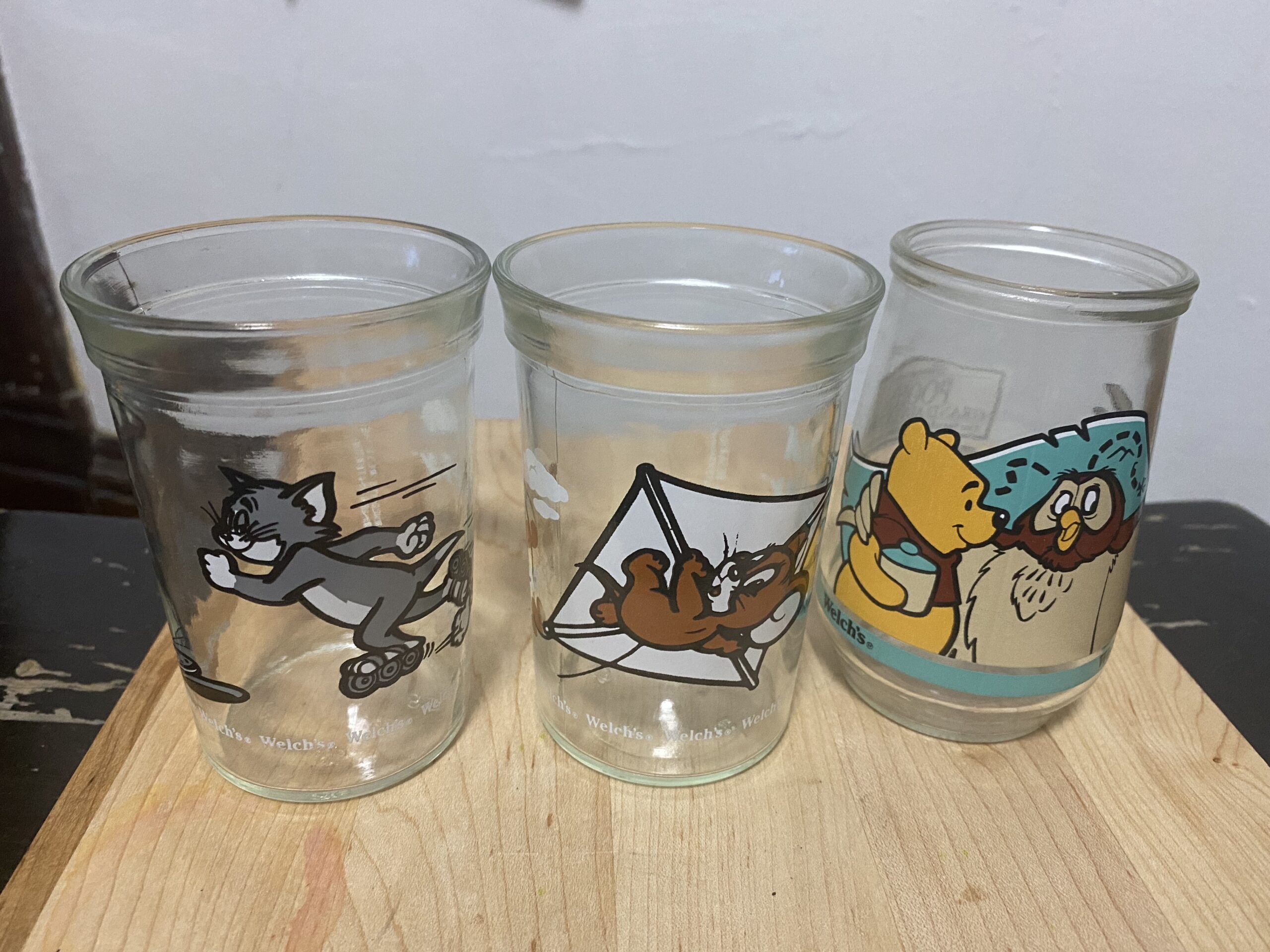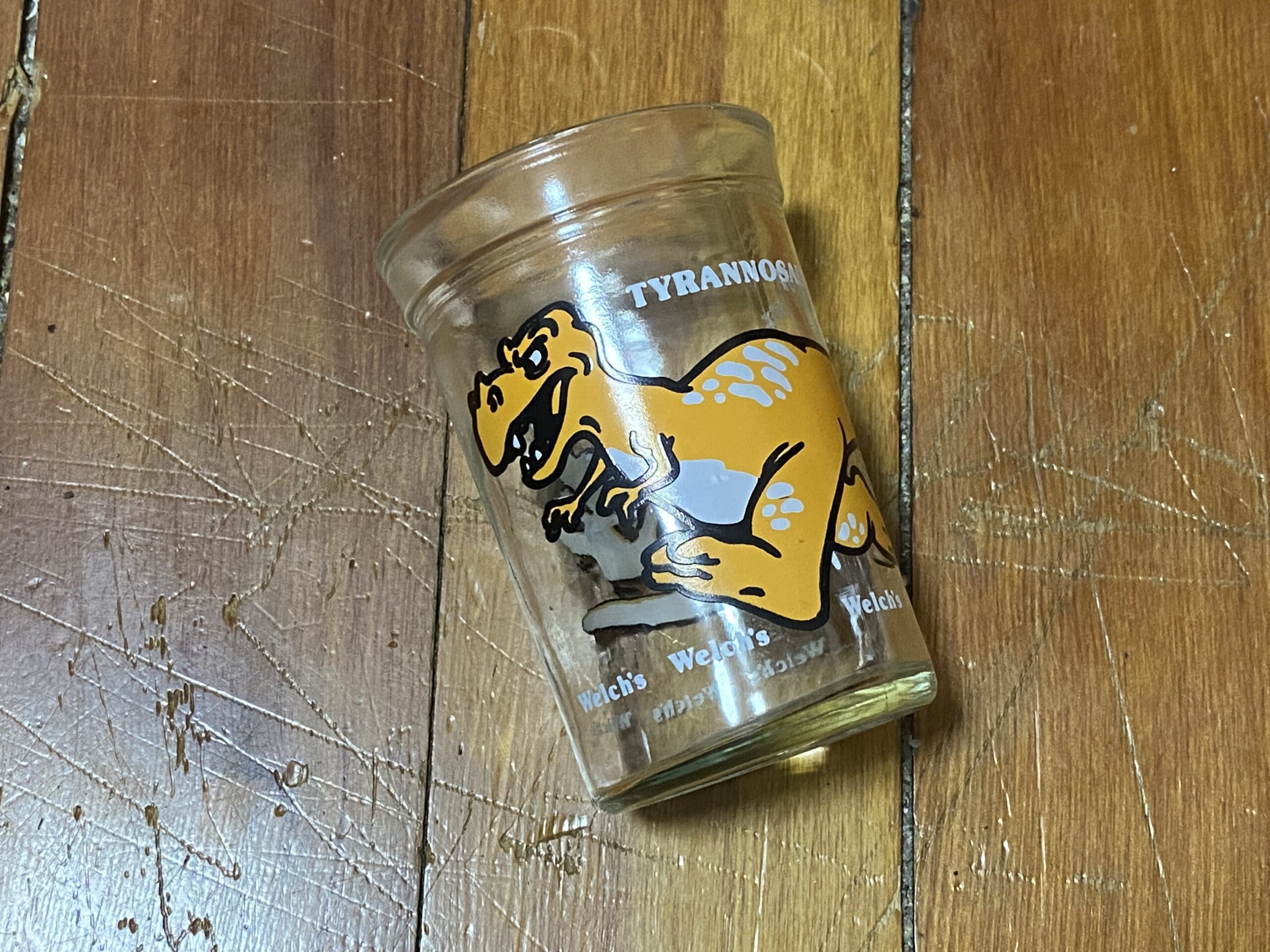1988 (?) Tyrannosaurus Rex Welch’s Jelly jar (orange & white): 123,600 ppm LEAD — LEAD PAINT on a JELLY JAR (again!)
For those new to the Lead Safe Mama website:
Tamara Rubin is a multiple-federal-award-winning independent advocate for childhood Lead poisoning prevention and consumer goods safety, and a documentary filmmaker. She is also a mother of Lead-poisoned children (two of her four sons were acutely Lead-poisoned in 2005).
- Tamara owns and runs Lead Safe Mama, LLC — a unique community collaborative woman-owned small business for childhood Lead poisoning prevention and consumer goods safety.
- Since 2009, Tamara has been conducting XRF testing (a scientific testing method) using the exact instrumentation employed by the U.S. Consumer Product Safety Commission to test consumer goods for toxicants (specifically heavy metals — including Lead, Cadmium, Mercury, Antimony, and Arsenic).
- Since July of 2022, the work of Lead Safe Mama, LLC has been responsible for 5 product recalls (FDA and CPSC).
- All test results reported on this website are science-based, accurate, and replicable.
- Recent notable press… There has been too much to mention already in 2024! Please check out our press page to see some of the amazing coverage of our work so far this year!


 Published: July 19, 2022 — Tuesday
Published: July 19, 2022 — Tuesday
Well… frankly, this is outrageous (perhaps you sensed a little bit of my outrage from the headline). Why is this outrageous? Let me count the ways:
- It seems like in 1988 (the apparent year of manufacture based on the embossed number on the bottom of the glass), they should have known better than to use high-Lead paint on food packaging, especially food packaging intended as a “collectible” — meant to be appreciated, held onto, and reused… with targeted marketing overtly aimed at young children!
- All public agencies (international and U.S.) agree there is no safe level of Lead exposure to children.
- No recall was ever issued on these products (that I am aware of), perhaps because they are not considered “products” but “food packaging” and — as such — slipped past anyone’s radar at the time. Not that this was illegal for food packaging in 1988 (or today for that matter), but there were some attempts to recall Lead painted McDonald’s glasses 30+ years ago (link)!
- Circa 1990, the amount of Lead in paint that would generate the determination that the paint is “Lead-based paint” (vs. alternate distinctions that might have included “Lead-containing paint” or “Lead-contaminated paint”) is that the paint contains at least 5,000 ppm Lead. Paint that contains 5,000 ppm Lead (or more) is considered “Lead-BASED paint.”
- Here in the United States, Lead paint was “banned” (“outlawed”) for use in housing in 1978, with the permissible limit for Lead in house paint that was set at that time being 600 ppm (so anything over 600 ppm Lead was declared illegal for use in areas of a home where children could reach or touch that area of a home).
- As science conclusively confirmed severe health risks at far lower levels, this limit for Lead in paint was GREATLY reduced. Current (modern) regulatory standards require that Lead in the paint, glaze, or coating of items intended for use by children do not exceed 90 ppm. This is the same limit for Lead in paint for houses today.
- I wonder — in this particular case — since it is a current manufacturer (Welch’s) that still has products for sale today, if the company might have records from 1988-1990 and if, as such, we could determine which paint company made the paint that was supplied to paint these glasses. Which company was responsible for selling this paint to the glassware manufacturer who made the jars for Welch’s? I’m quite curious to figure out that bit of data! (For the public record to hold that paint company accountable!)
What to do if YOU have these Welch’s collectible jelly jar glasses
- It seems (from the testing of the FOUR Welch’s glasses that I have done so far) that the range of Lead in the paint varies considerably (from design to design, and year to year — even from designs within the same series of the same year).
- Consequently, YOU (as a consumer) have no practical way to know if your particular glass is high-Lead or not.
- Unfortunately, you cannot test them with a home test kit (reliably) because the home test kits have a low threshold of detection of 600 ppm, and are designed for testing for Lead in house paint (not Lead in the paint used on glassware).
- What this means is that even if you do get what appears to be a true “negative” with a home test kit, the paint could still be positive for Lead above 90 ppm (and under 600) — not to mention it also could still have unsafe levels of Cadmium or other heavy metals (and there are no home test kits to test for Cadmium, Mercury, Arsenic, and other toxic metals).
- As a consumer, you really have no way of knowing if your particular Welch’s collectible glass is highly toxic or Lead-free, so we have to stick with the #KnowBetterDoBetter policy.
- Accordingly, my advice would be to simply stop using these immediately. (I personally think they should be destroyed — as there is too much of a real risk that some child might use them in the future.)
IF you have a design that I have not yet tested (one that is not yet reported here — link), and you want to send it to me for testing and reporting (and to include it in my “Museum of Lead” collection), you may do that. And in this particular case, I will not require a contribution towards the testing — but of course, you are still welcome to contribute if you wish. I think it is just too important, given the number of inquiries I have had about these over the years — and the extreme range of levels I have found across these first three I have been able to test so far (pictured above) — that we get some more data points (test more examples of these glasses) and get this information out there to the public. That’s why I am extending this offer at this time to make that process as easy as possible.
Please send glasses to the address below and please make sure to include your email in the package so I can send you the results once the glass has been tested and the test results have been published. If you would like to make a contribution in support of this testing you can find out more about how to do that on this link.
- Tamara Rubin
Lead Safe Mama, LLC
7933 SE 15th Avenue
Portland, Oregon 97202
If your child has been using glasses like these on a regular basis, please consider getting them tested for Lead immediately.
- This article discusses the known risks of Lead and Cadmium containing paint on glassware.
- This scientific study from 2017 demonstrated that this was an exposure risk to the users of this type of glassware.
- This article discusses blood Lead testing.
- This article discusses hair and urine testing that might be ordered by an alternative doctor.
Full XRF test results for the “Tyrannosaurus rex” glass pictured:
Reading #1) on the orange paint of the dinosaur
60-second reading
- Lead (Pb): 123,600 +/- 4,400 ppm
- Cadmium (Cd): 4,919 +/- 291 ppm
- Tin (Sn): non-detect
- Mercury (Hg): non-detect
- Selenium (Se): non-detect
- Barium (Ba): 216 +/- 95 ppm
- Chromium (Cr): non-detect
- Antimony (Sb): non-detect
- Nickel (Ni): 405 +/- 109 ppm
- Zinc (Zn): 765 +/- 68 ppm
- Manganese (Mn): 427 +/- 235 ppm
- Titanium (Ti): 29,500 +/- 2,200 ppm
- Iron (Fe): 470 +/- 175 ppm
- No other metals were detected in consumer goods mode.
Reading #2) on the white paint of the dinosaur
30-second reading
- Lead (Pb): 63,000 +/- 2,200 ppm
- Cadmium (Cd): 1,232 +/- 81 ppm
- Tin (Sn): non-detect
- Mercury (Hg): non-detect
- Selenium (Se): non-detect
- Barium (Ba): non-detect
- Chromium (Cr): 1,802 +/- 514 ppm
- Antimony (Sb): non-detect
- Nickel (Ni): 668 +/- 130 ppm
- Manganese (Mn): 756 +/- 312 ppm
- Titanium (Ti): 31,200 +/- 2,700 ppm
- Iron (Fe): 1,169 +/- 240 ppm
- Platinum (Pt): 477 +/- 199 ppm
- No other metals were detected in consumer goods mode.
Amazon links are affiliate links. If you purchase something after clicking on a Lead Safe Mama, LLC affiliate link, we may receive a percentage of what you spend at no extra cost to you.
Never Miss an Important Article Again!
Join our Email List








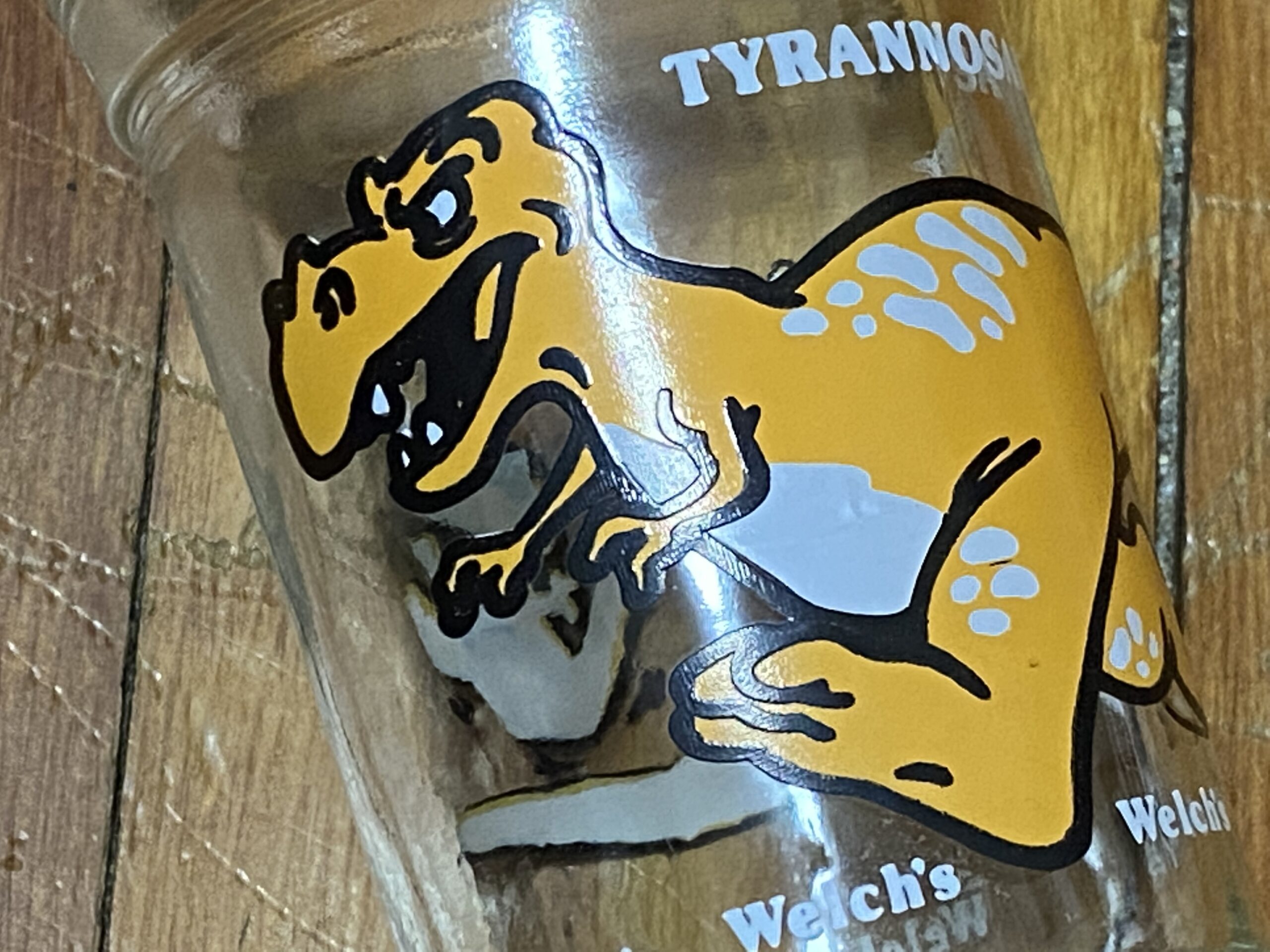
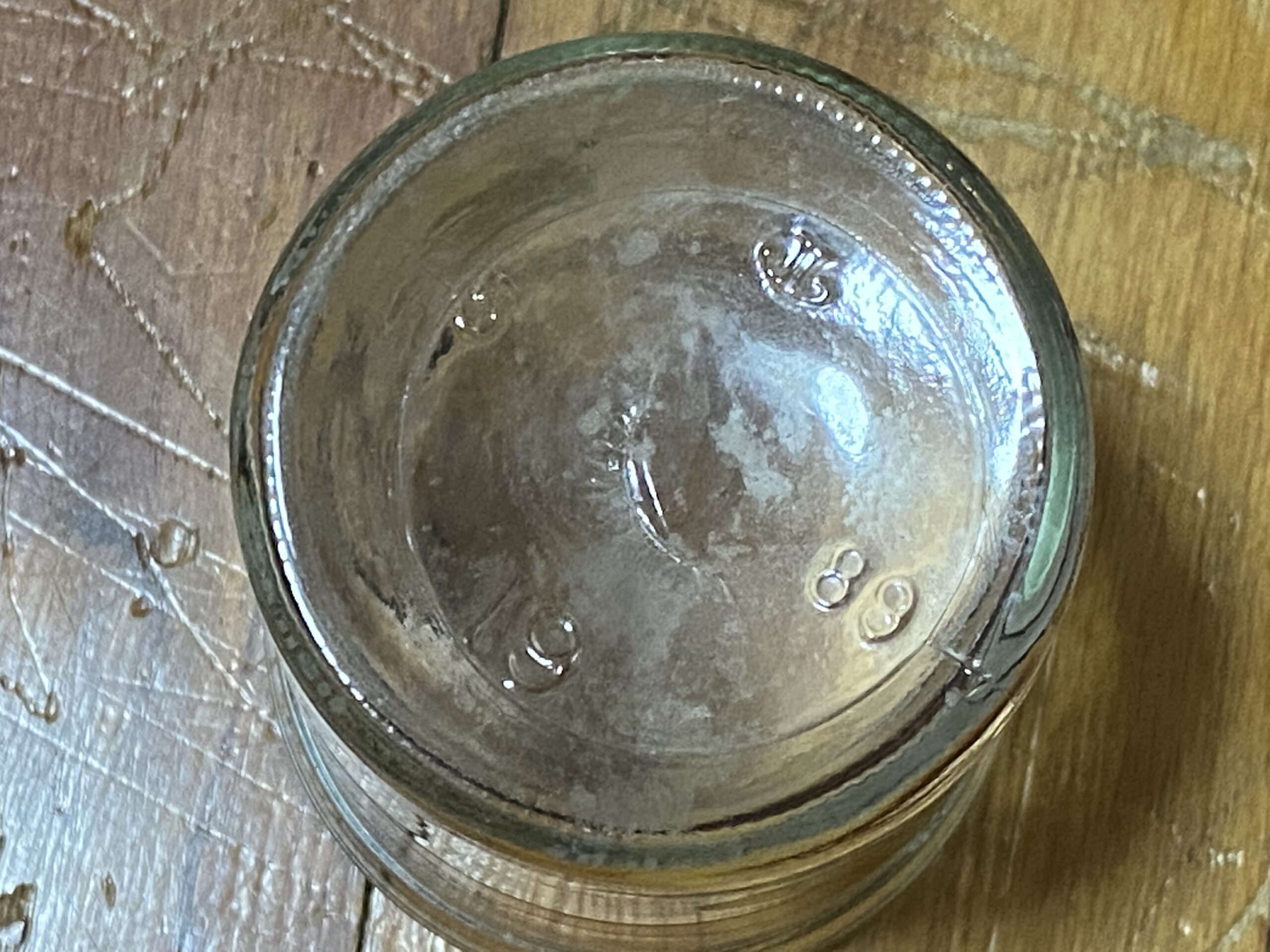
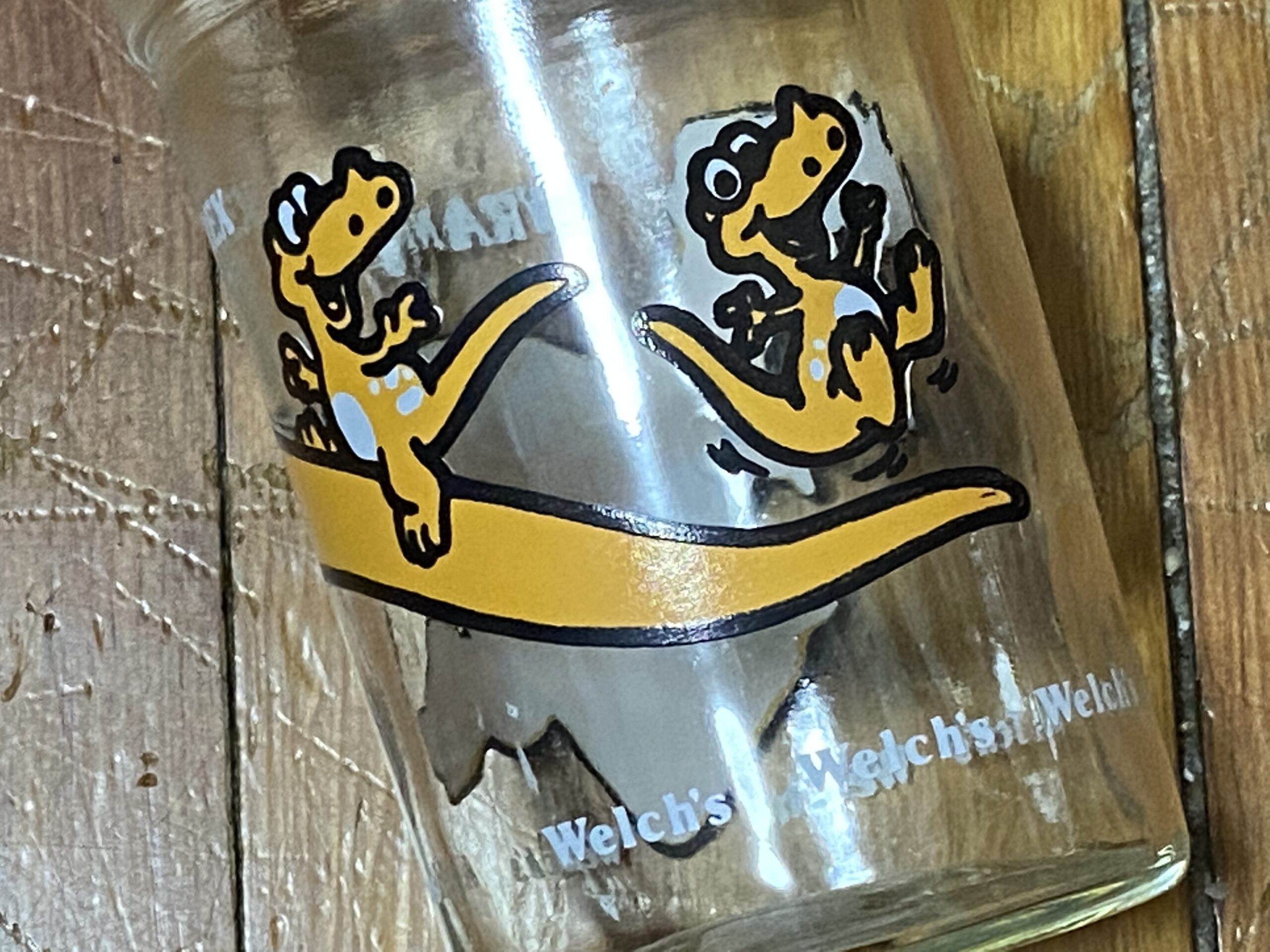 Published: July 19, 2022 — Tuesday
Published: July 19, 2022 — Tuesday